

16-01-24
As we step into the new year, it's not just resolutions and fresh starts that come to mind; it's also time to think about your tax planning for 2024. Whether you're a business owner or an individual taxpayer, strategic tax planning can help you minimize liabilities and make the most of available deductions. In this comprehensive guide, we'll explore key steps to ensure your 2024 tax planning sets you on the path to financial success.
1. Review Your 2023 Tax Return
Start your tax planning by reviewing your 2023 tax return. This provides a baseline understanding of your financial situation, any changes in income, and areas where you may have encountered tax challenges. Analyzing the previous year's return is crucial for identifying potential tax-saving opportunities and areas that may require adjustments.
2. Assess Changes in Income
Whether you experienced a significant increase or decrease in income in 2023, it's essential to assess the impact on your tax liability. Changes in income can affect your eligibility for certain deductions and credits. Consider any raises, bonuses, investments, or other financial events that might influence your taxable income for 2024.
3. Stay Informed About Tax Law Changes
Stay informed about any changes in tax laws that might affect your financial situation. Keep an eye on federal, state, and local tax updates, as well as any new legislation that could impact deductions or credits relevant to your circumstances.
4. Maximize Retirement Contributions
Contributing to retirement accounts is not only a wise financial move for your future but can also offer immediate tax benefits. Consider maximizing contributions to your employer-sponsored retirement plan, such as and individual retirement accounts (IRAs). These contributions can reduce your taxable income and potentially lower your overall tax liability.
5. Evaluate Health Savings Account (HSA) Contributions
If you have a high-deductible health insurance plan, contributing to a Health Savings Account (HSA) can offer triple tax benefits. HSA contributions are tax-deductible and grow tax-free, and withdrawals for qualified medical expenses are tax-free. Assess your healthcare needs and consider maximizing contributions to your HSA.
6. Take Advantage of Tax Credits
Explore available tax credits that can directly reduce your tax liability. Ensure that you meet the eligibility criteria for these credits and factor them into your tax planning strategy.
7. Leverage Itemized Deductions
Consider whether itemizing deductions makes sense for your financial situation. Key deductions to explore include mortgage interest, state and local taxes, medical expenses, and charitable contributions. Keep detailed records and receipts to substantiate your deductions, especially if you anticipate an audit.
8. Plan for Education Expenses
If you or your dependents are pursuing higher education, explore tax-advantaged strategies to manage education expenses. Utilize 529 savings plans, consider the American Opportunity Credit or the Lifetime Learning Credit, and explore other education-related deductions.
9. Review Investment Strategies
Capital gains and losses can significantly impact your tax liability. Review your investment portfolio and consider tax-efficient strategies. Harvesting capital losses to offset gains, holding investments for more than one year to qualify for lower capital gains rates, and exploring tax-managed funds are strategies that can enhance your overall tax planning.
10. Organize Business Finances (for Business Owners)
If you own a business, meticulous financial organization is crucial for effective tax planning. Ensure that your business records are up-to-date, including income statements, expenses, and payroll information. Consider consulting with a tax professional to explore potential deductions, credits, and strategies specific to your business.
11. Charitable Giving Strategies
If charitable giving is part of your financial plan, explore tax-efficient strategies. Donating appreciated securities, establishing a donor-advised fund, or taking advantage of the qualified charitable distribution (QCD) option for those aged 70½ or older can maximize the impact of your charitable contributions while providing potential tax benefits.
12. Consider Roth Conversions
For those with traditional IRAs, exploring Roth conversions may be a tax-efficient strategy. While converting a traditional IRA to a Roth IRA triggers immediate taxation, it can result in tax-free withdrawals in retirement. Assess your current tax situation and consult with a financial advisor to determine if a Roth conversion aligns with your long-term financial goals.
13. Consult with Tax Professionals
Tax planning can be complex, and the ever-changing sales tax landscape requires expertise to navigate effectively. Consider consulting with tax professionals, such as certified public accountants (CPAs) or tax advisors, to ensure that your tax planning strategies align with current regulations and optimize your financial position.
14. Create a Filing System
Stay organized throughout the year by creating a filing system for important documents. Keep records of income, expenses, receipts, and any relevant tax documents. Having a well-organized system will simplify the tax filing process and help you maximize available deductions.
conclusion
Effective tax planning for 2024 involves a proactive and strategic approach. By staying informed about changes in tax laws, optimizing contributions to retirement and health accounts, maximizing available credits and deductions, and seeking professional advice when needed, you can position yourself for financial success. Start early, stay organized, and make informed decisions to ensure that your 2024 tax planning sets the foundation for a secure and prosperous financial future.
Tags : tax planning,Tax planning in usa ,Tax Liability


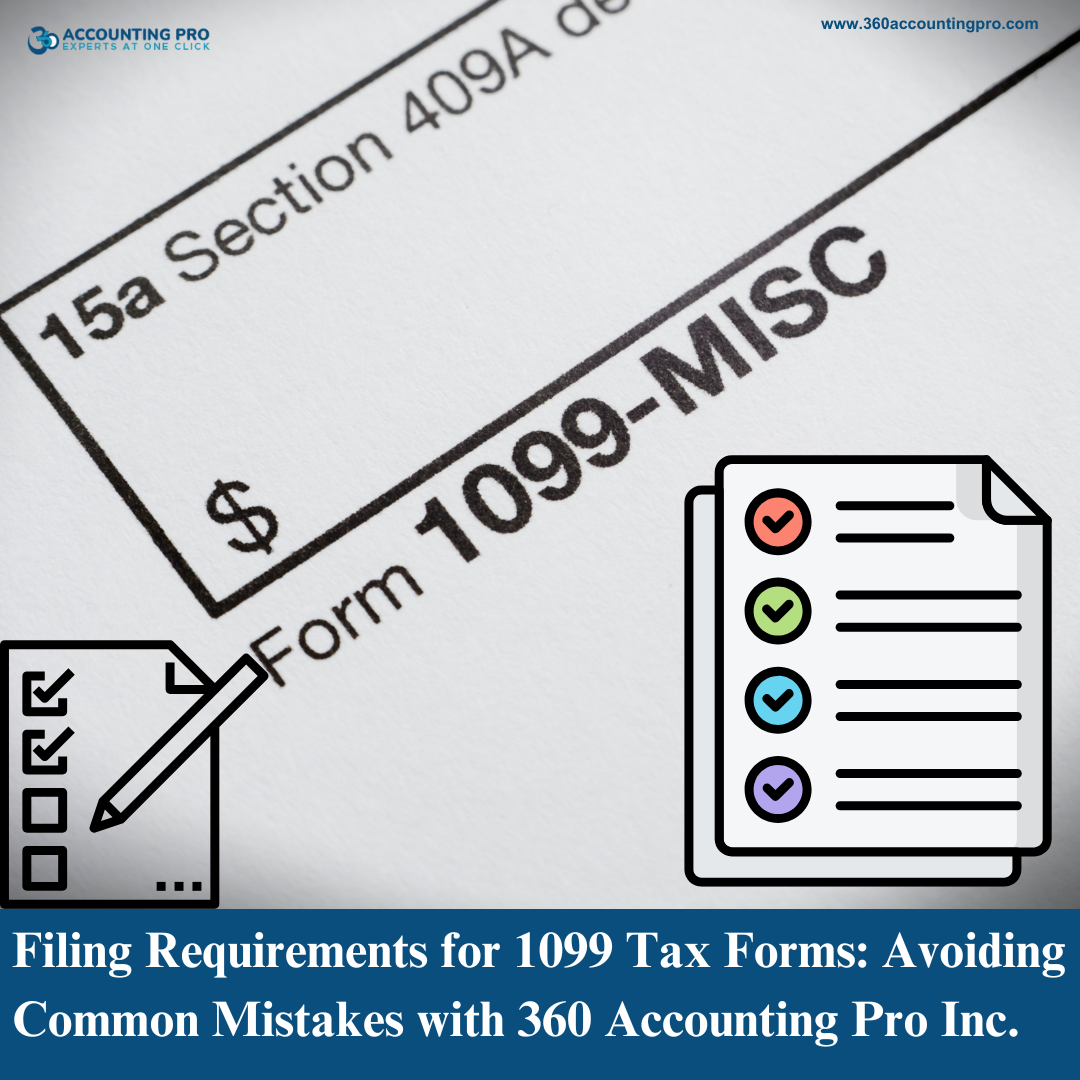



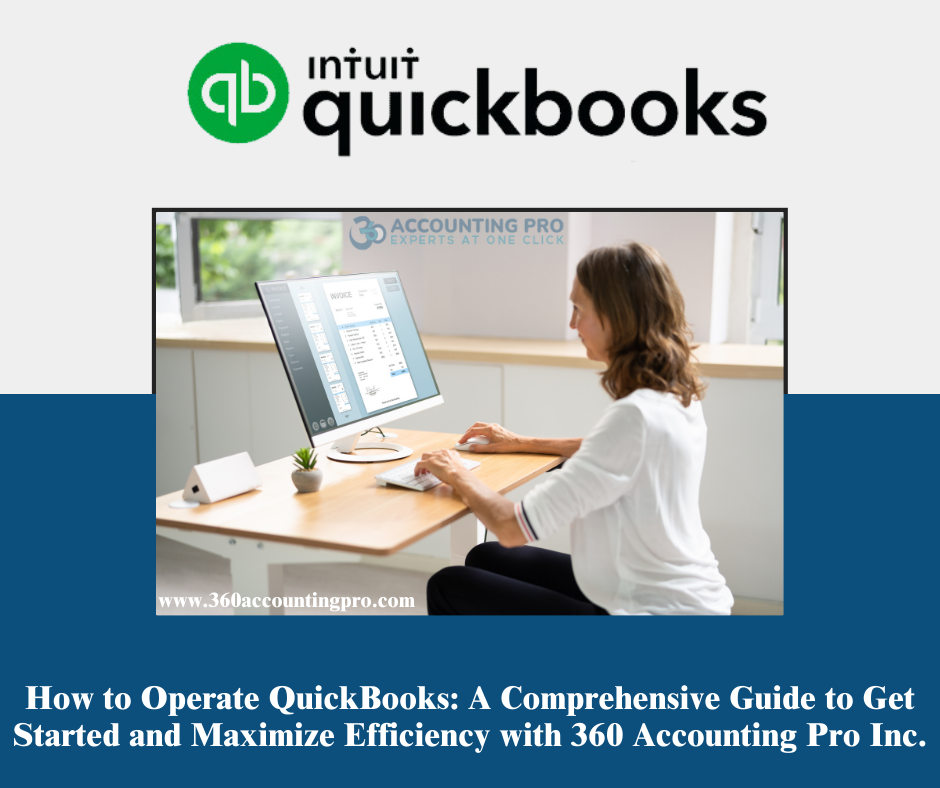

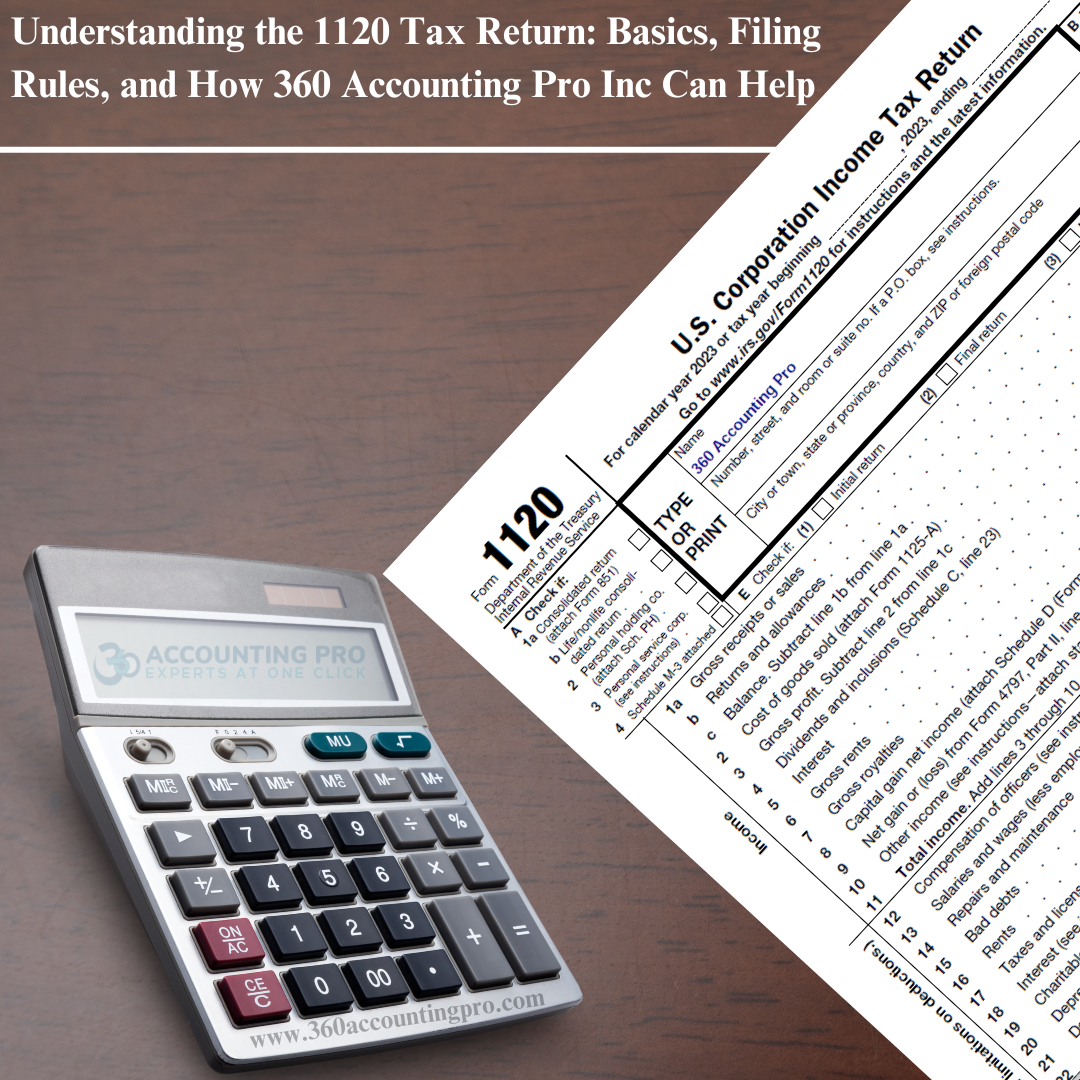

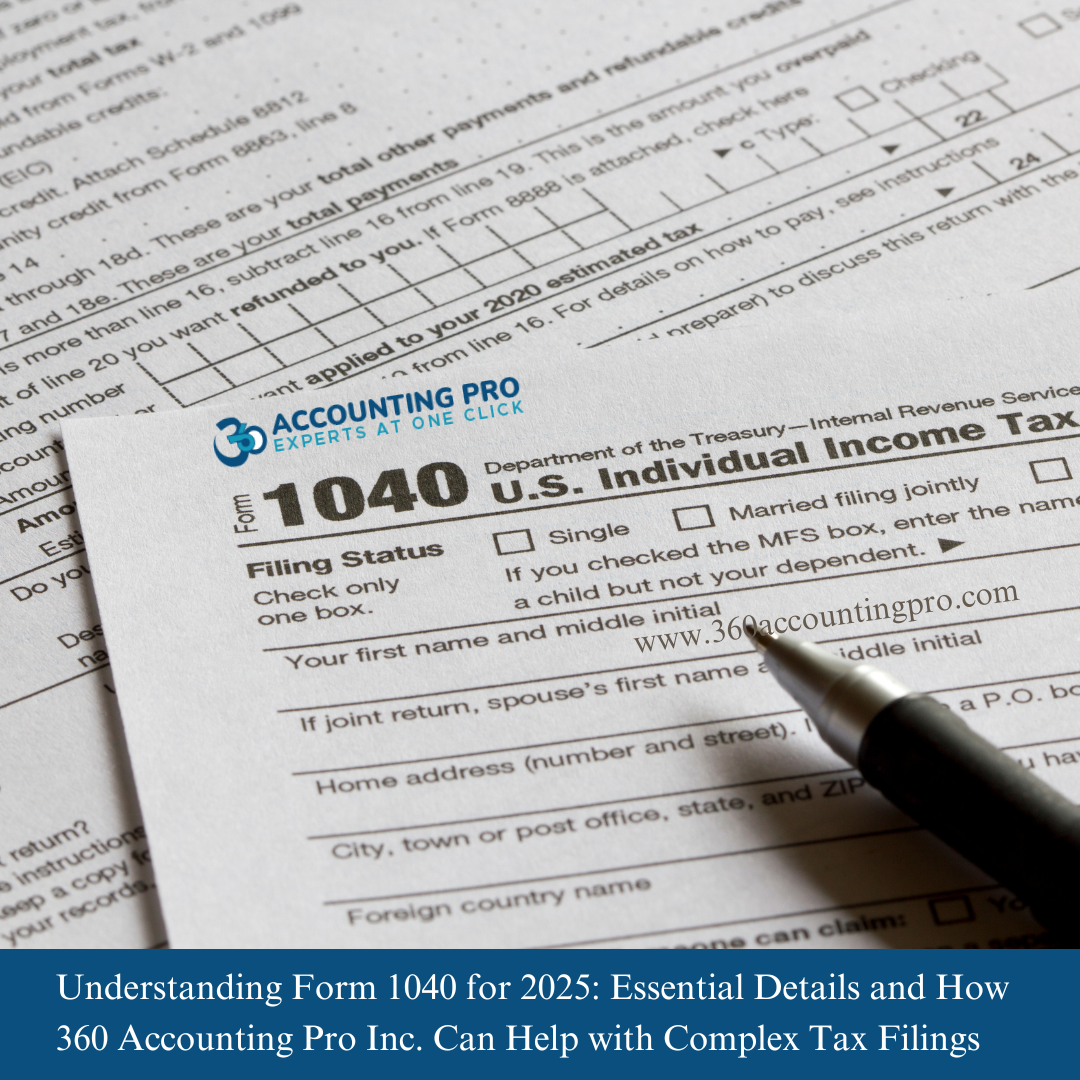




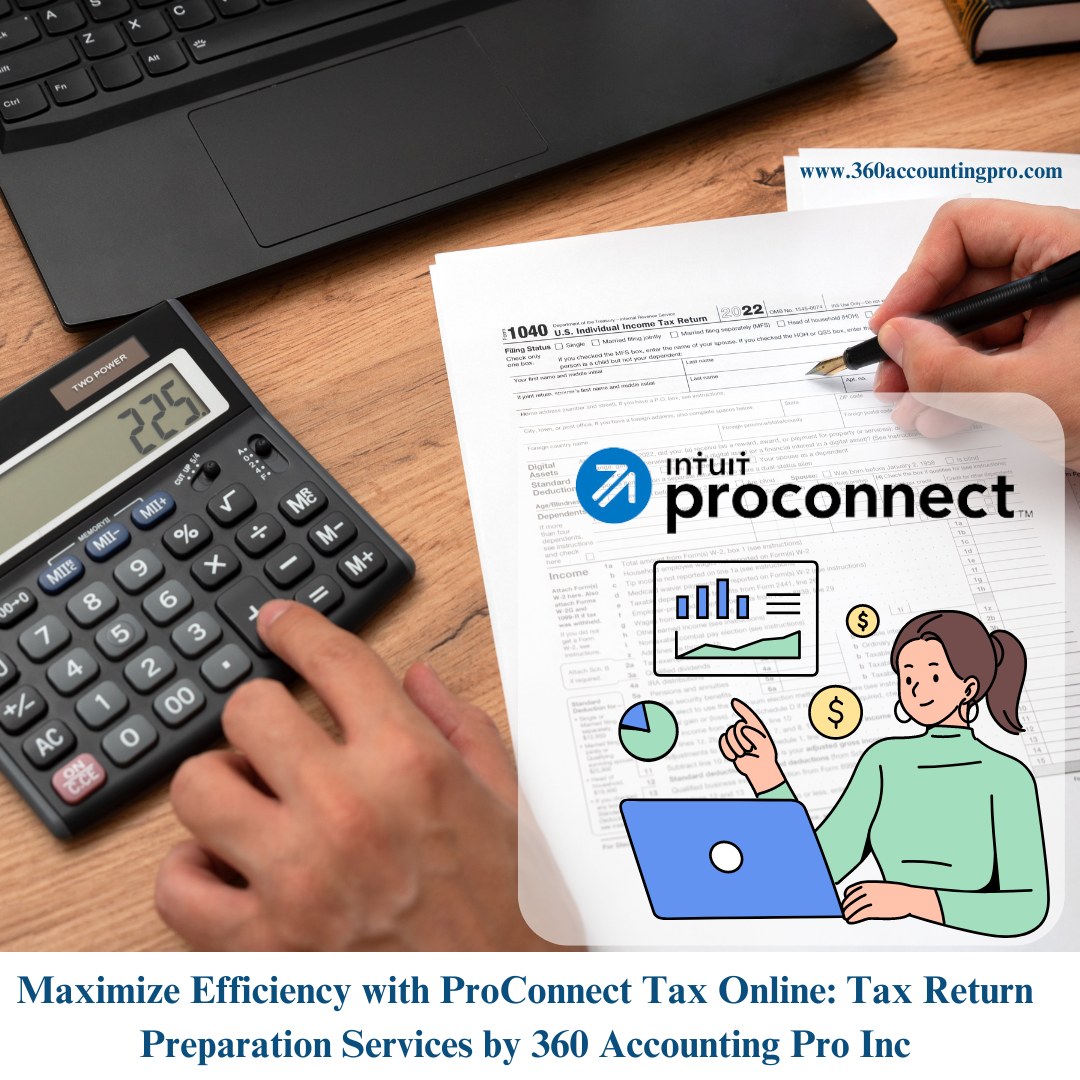





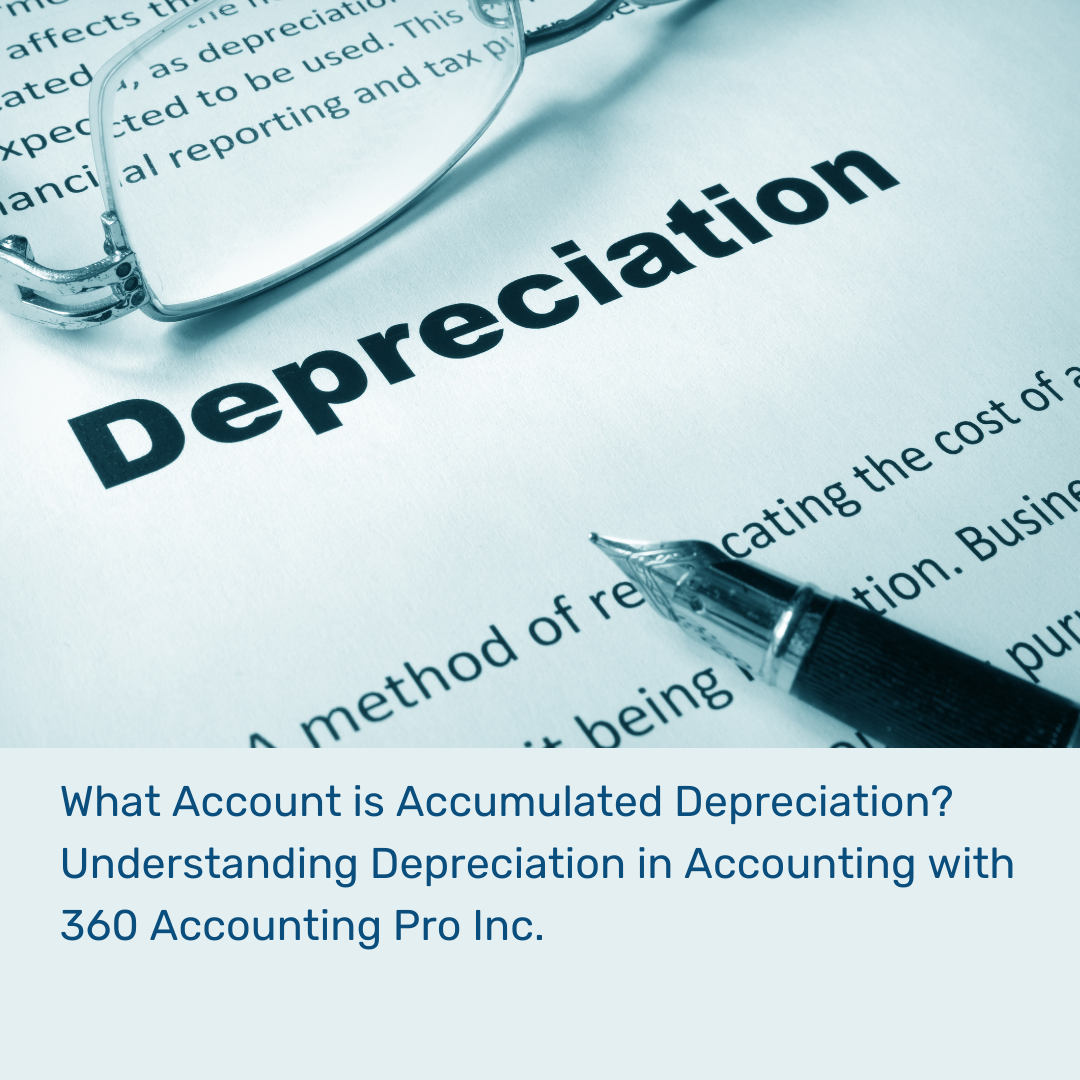












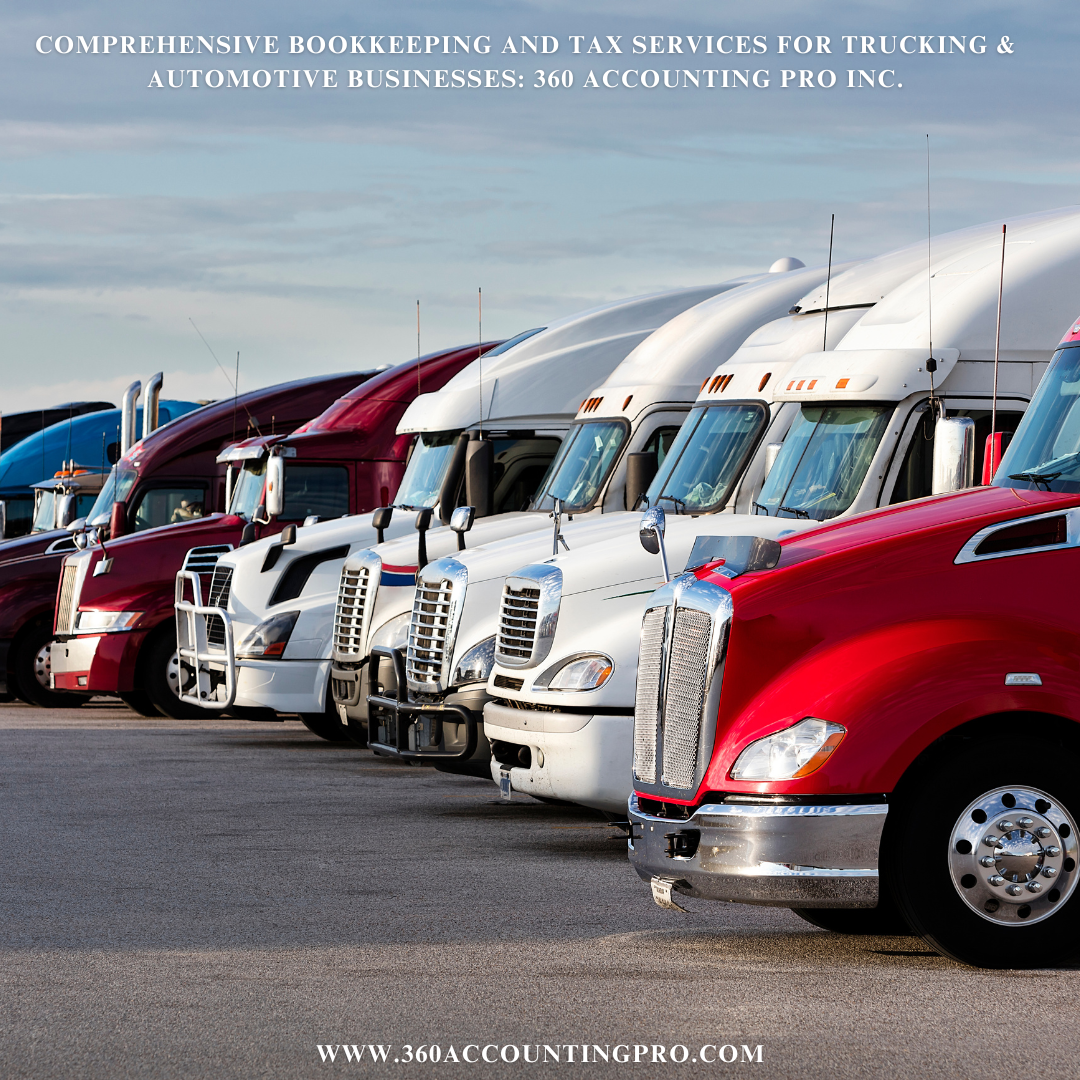



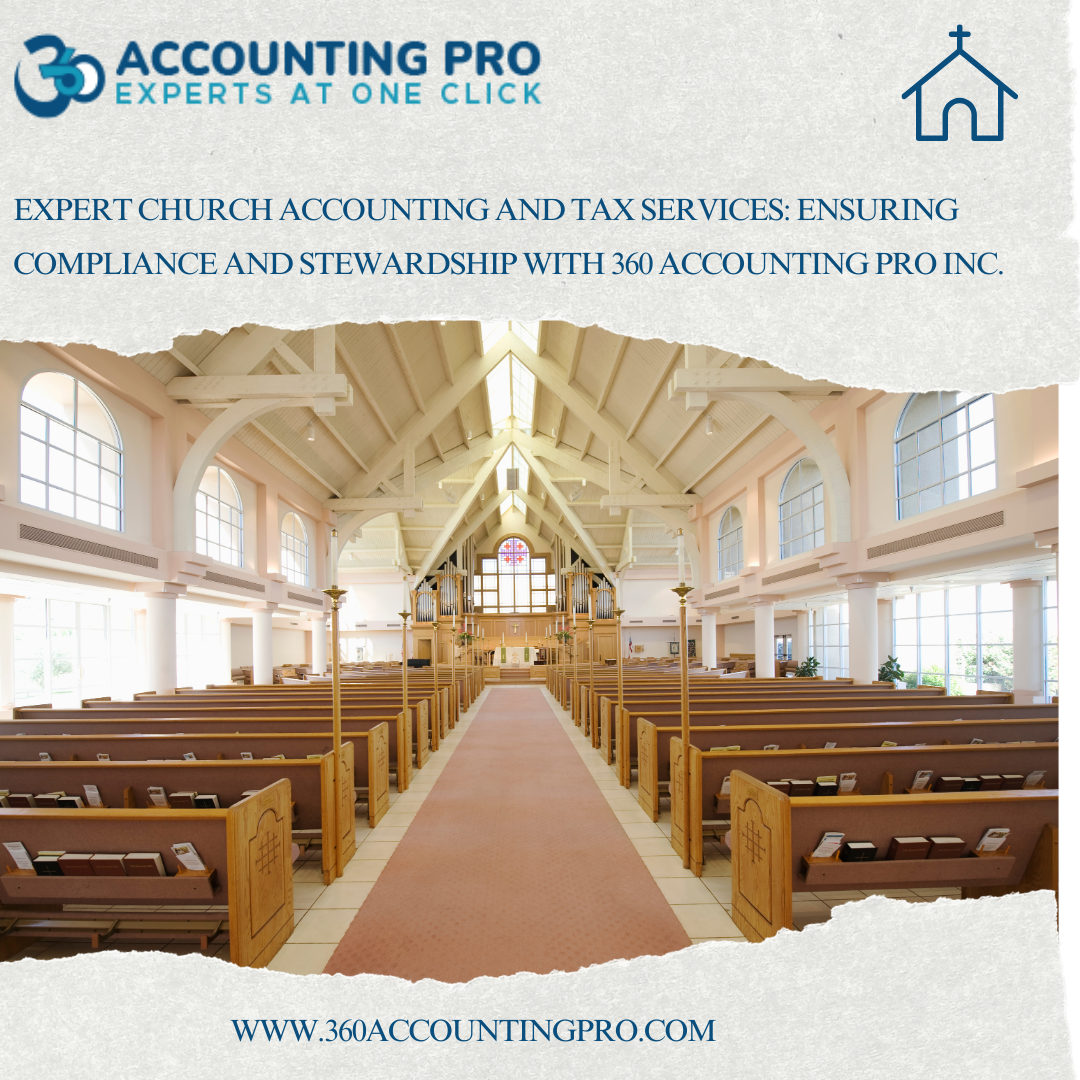




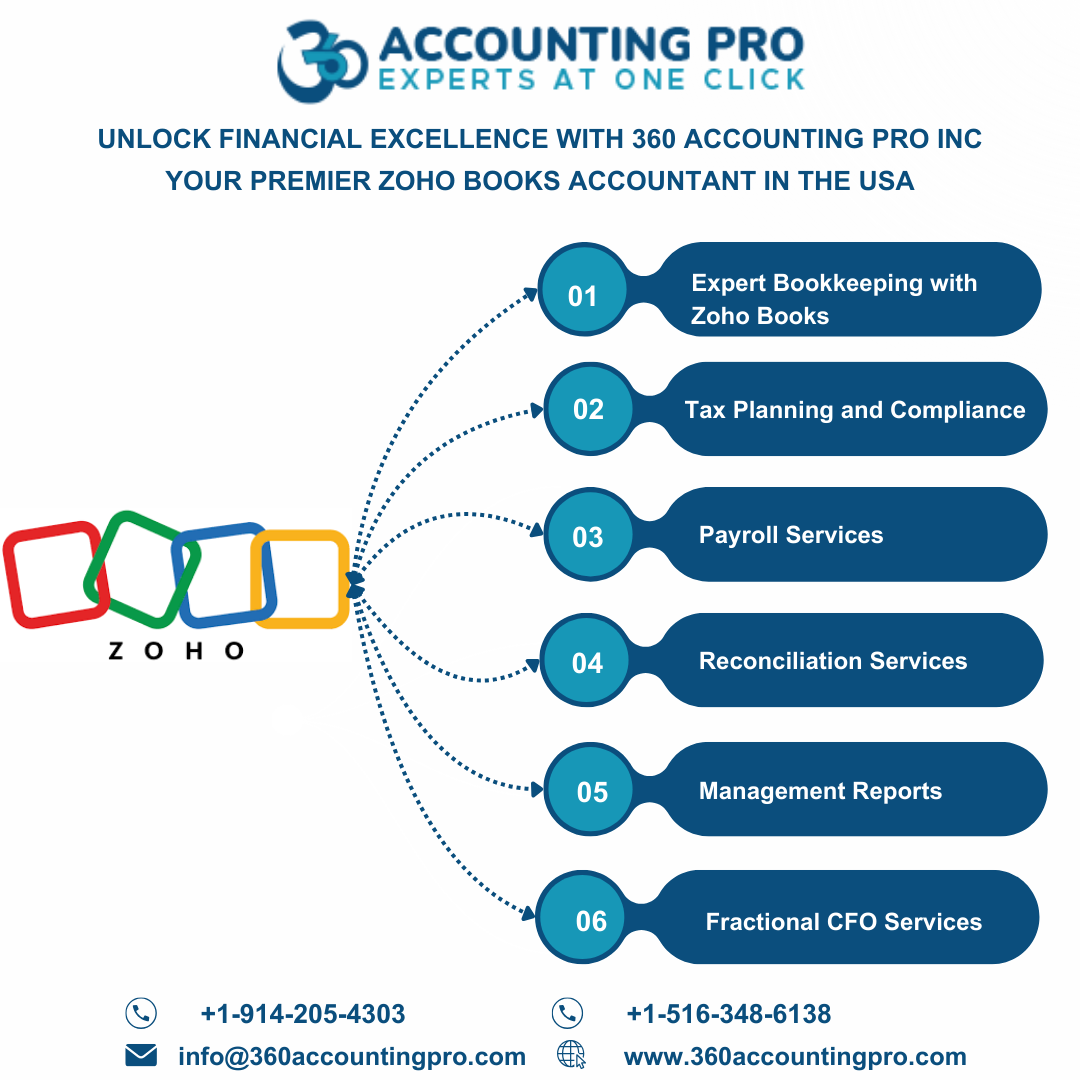

.jpg)
.jpg)
.jpg)
.jpg)


).jpg)




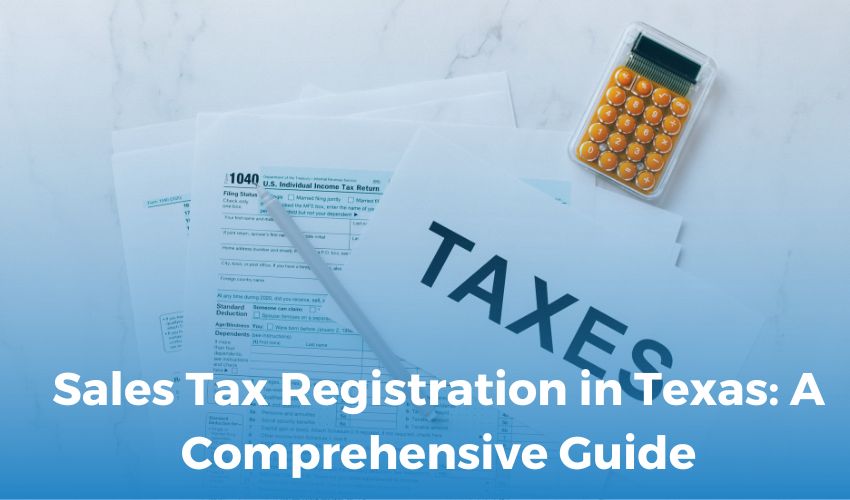
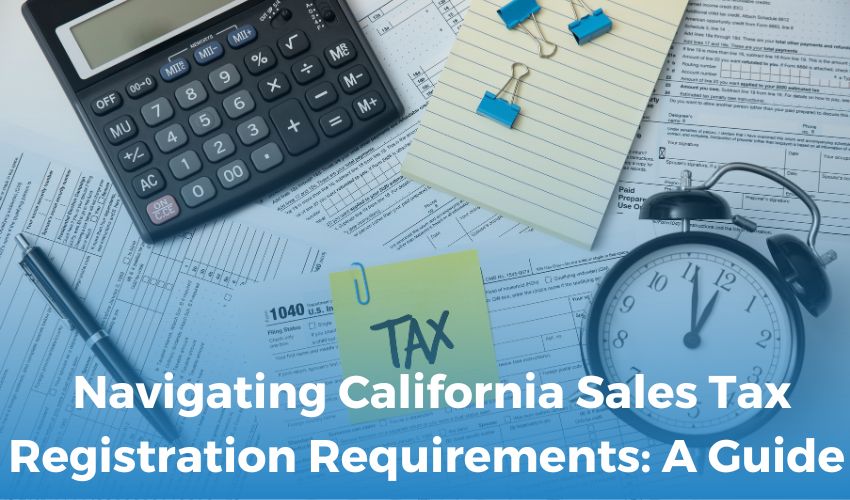





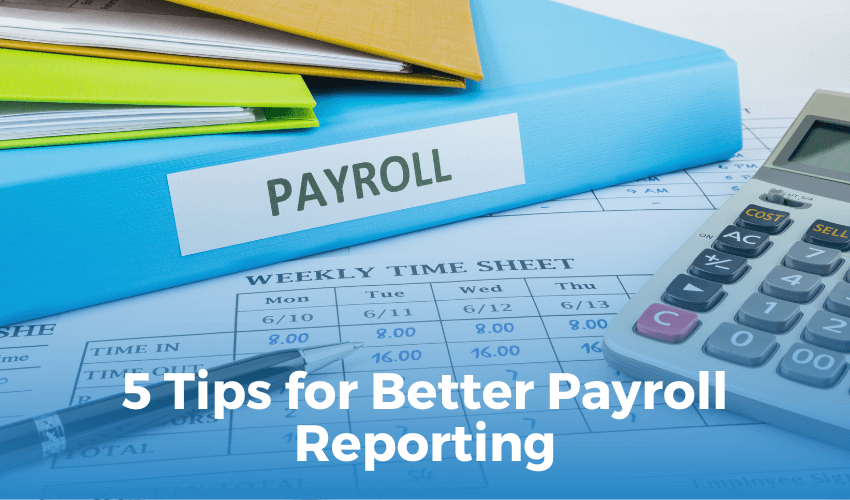


 Get A Quote
Get A Quote
Leave A Comment